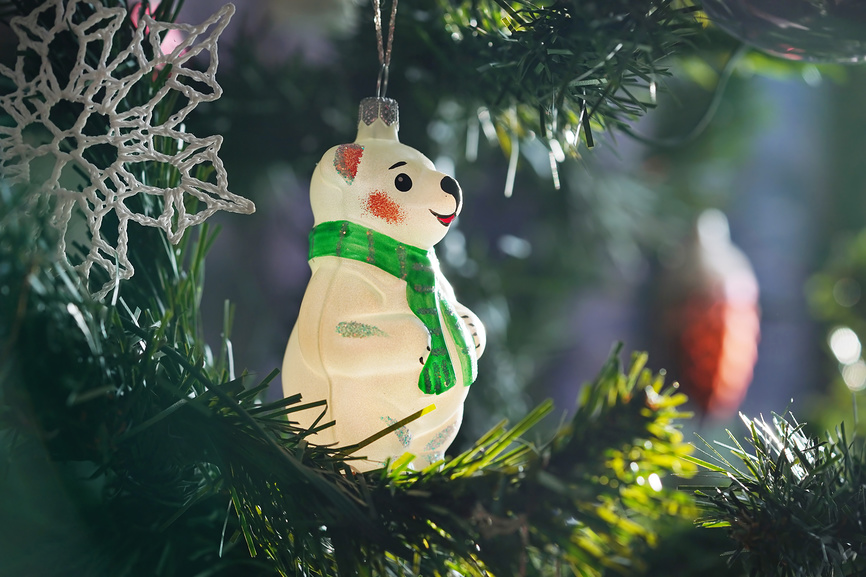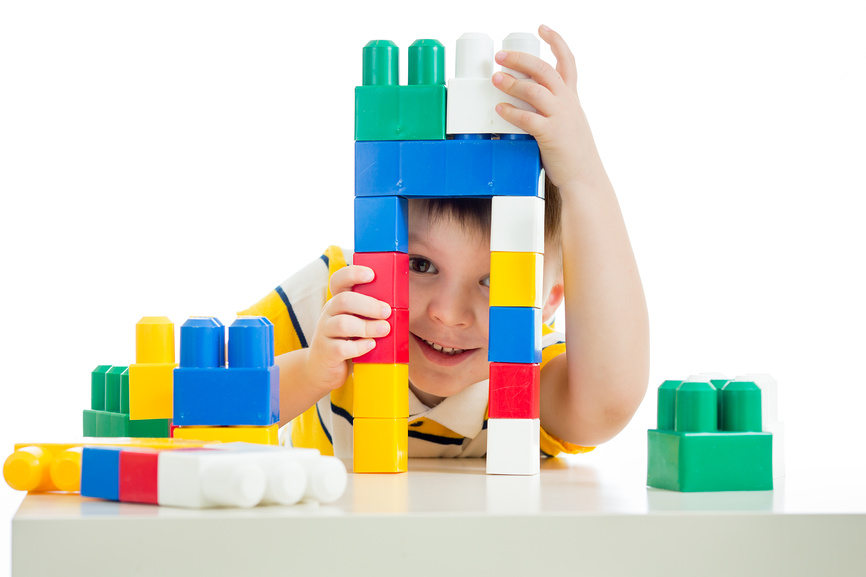
Technical Regulations of the Customs Union TR TS 008/2011 On the Safety of Toys
The Technical Regulations [TR TS] 008/2011 apply for toys that are released into circulation in the territory of the Eurasian Economic Union and have never been in use before.
The Regulations do not apply for the following:
Products that are not considered to be toys as per the Regulations:

· Christmas tree decorations, artificial Christmas trees and accessories, electrical Christmas lights;
· Collectible scale models not intended for children under the age of 14;
· Playground equipment;
· Sports gear, including diving equipment;
· Folklore and decorative dolls not intended for children under the age of 14;
· “Professional” toys installed in public spaces for public use;
· Game machines;
· Jigsaw puzzles containing more than 500 pieces;
· Pneumatic weapons;
· Catapults and throwing devices;
· Throwing equipment with metallic tips;
· Power transformers for toys powered from the electrical grid; chargers for electric accumulators, including those delivered with the toy;
· Products containing heating elements and intended for learning purposes under the observation of an adult;
· Means of transportation intended for children under the age of 14 and containing an internal combustion engine;
· Toy cars with steam engines;
· Bicycles intended for use on public roads;
· Games and toys operating at a nominal voltage exceeding 24 V;
· Exact replicas of firearms;
· Costume jewelry for children;
· Swimming aids (for example, inflatable arm cuffs);
· Safety products (swim goggles, sunglasses, bicycle helmets, skateboard helmets);
· Flying toys launched by the child with the help of a rubber cord;
· Shooting bows exceeding 1,200 mm in length when the bowstring is not pulled back;
· Sanitary products made from latex, rubber, and silicon elastomers and intended for children.

The main purpose of the present Regulations is the protection of health and safety of children and their caregivers.
A toy is a product or a material intended for play and for a child (or children) under the age of 14.
The main safety requirements concern the following:
· The design of the toy. Toys should be designed and manufactured in such a way that their intended use presents no hazard to the health and safety of children and their caregivers;
· Materials used. For example, materials used to manufacture the toy should be clean (contain no impurities) and uncontaminated. Toys for children under the age of three are subject to stricter health and safety requirements;
· Hygienic properties, including toxicological and hygienic safety, and organoleptic safety;
· Chemical properties. The level of migration of toxic substances, and exposure to them from toys should be compliant with the health and safety requirements;
· Physical and mechanical properties;
· Electrical properties;
· Radiation safety;
· Microbiological properties;
· Magnetic properties;
· Packaging. The main requirement is safety: the packaging should eliminate the risk of suffocation.
In addition, the Regulations determine product marking. Toy marking should contain the following information:
· name of the toy;
· name of the manufacturing country;
· name and location of the manufacturer (the authorized person of the manufacturer) or importer and their contact information;
· the trademark of the manufacturer (if applicable);
· the minimum age for which the toy is intended or a pictogram containing the age of the child;
· main manufacturing material (for children under three years of age) (if required)
· instructions on toy care (if required);
· manufacturing date (month and year);
· service life or expiration date (if determined);
· storage conditions (if required).
Before their release into circulation, toys are subject to an assessment (confirmation) of conformity with the safety requirements set out by the Technical Regulations of the Customs Union [TR TS] 008/2011. The assessment is carried out in the form of a certification.
The certificate is issued by a certification body included in the Unified Register of Certification Bodies and Testing Laboratories (Centers) of the Eurasian Economic Union for the 1c, 2c and 3c certification schemes.

